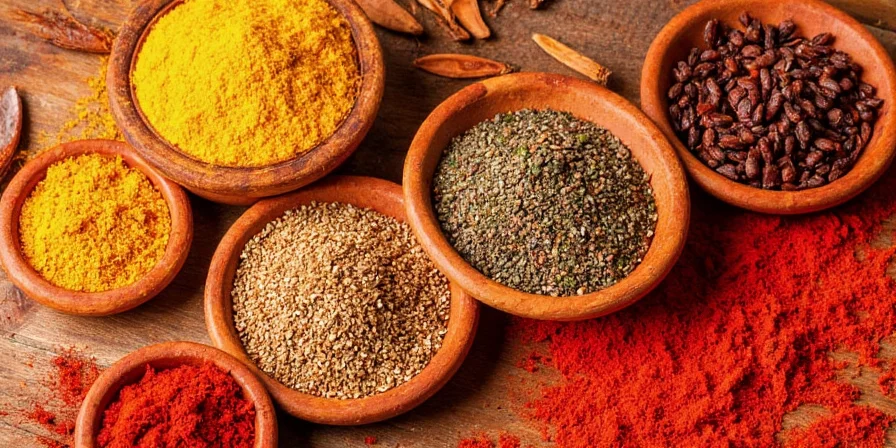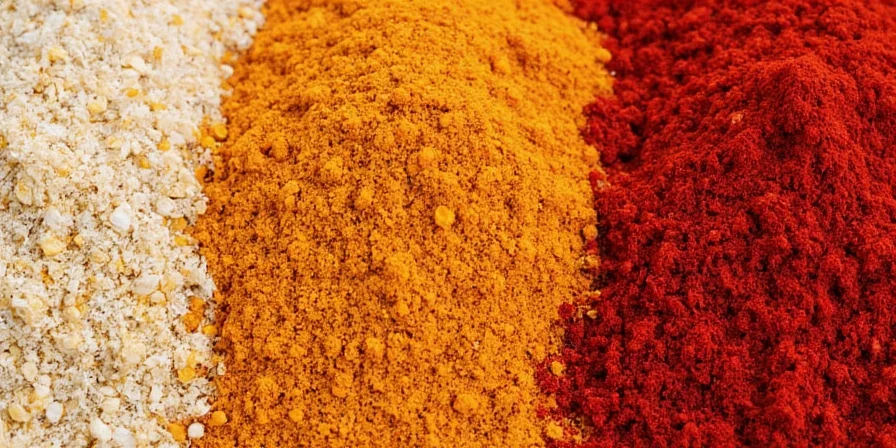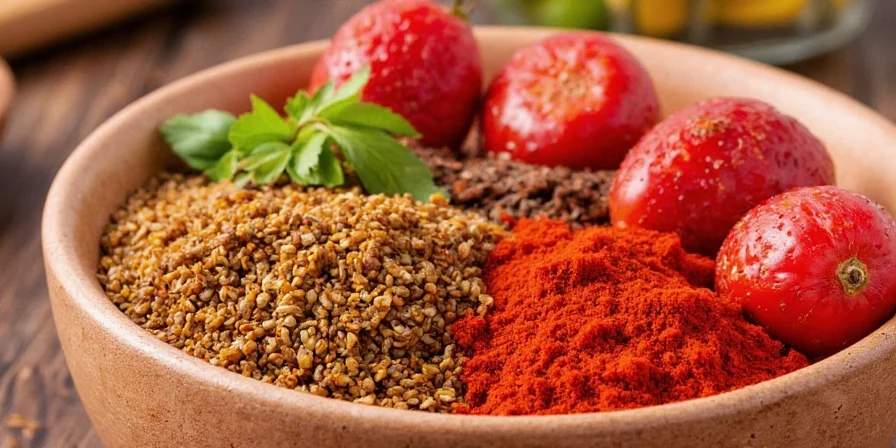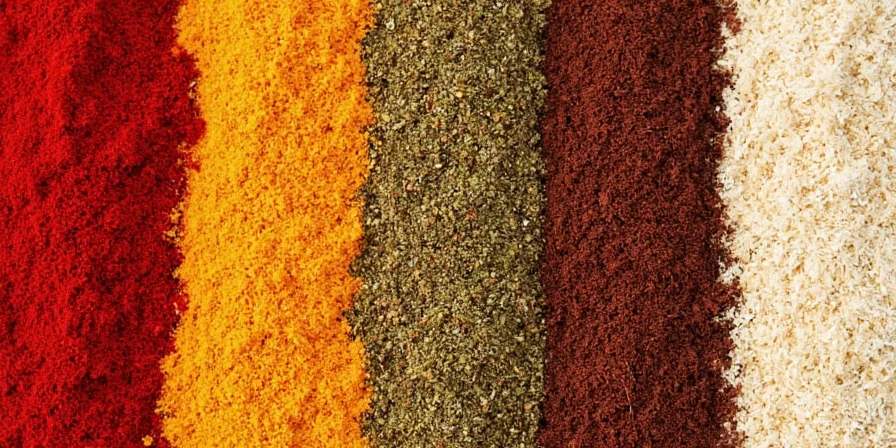Spice Up Your Health: Which Culture Has the Healthiest Food?
In a world filled with culinary diversity, one question often stirs debate among foodies and health enthusiasts alike: Which culture has the healthiest food? From fiery Indian curries to fresh Mediterranean salads, each cuisine brings its own blend of flavor and nutrition. In this article, we’ll dive into the spice-rich traditions of different cultures and uncover which ones stand out for their health benefits.
Why Spices Matter in Healthy Eating
Before we rank the healthiest cuisines, it's important to understand why spices are at the heart of many nutritious diets around the world. Spices aren't just about adding flavor — they also pack powerful antioxidants, anti-inflammatory properties, and can even help regulate blood sugar levels.
- Turmeric: Found in Indian cooking, contains curcumin, known for its anti-inflammatory effects.
- Cinnamon: Used globally, especially in Middle Eastern and Mediterranean dishes, helps control blood sugar.
- Paprika & Chili Peppers: Common in Latin American dishes, rich in capsaicin which boosts metabolism.
- Ginger: A staple in Asian cuisines, aids digestion and reduces nausea.
The Contenders: Global Cuisines Compared
Let’s compare some of the world’s most celebrated cuisines based on spice usage, nutrient density, and overall health impact. Here's a quick table summarizing our top picks:
| Cuisine | Key Spices | Health Benefits | Notable Dishes |
|---|---|---|---|
| Mediterranean | Oregano, Basil, Turmeric, Cumin | Heart-healthy fats, high fiber, low processed foods | Greek Salad, Hummus, Grilled Fish |
| Indian | Turmeric, Cumin, Coriander, Garam Masala | Anti-inflammatory, digestive support, immune boosting | Dal, Chana Masala, Vegetable Biryani |
| Japanese | Ginger, Wasabi, Shichimi Togarashi | Low calorie, high nutrient density, supports longevity | Sushi, Miso Soup, Teriyaki Vegetables |
| Mexican | Chili Powder, Cumin, Paprika, Cilantro | High fiber, antioxidants, supports metabolism | Tacos de Frijoles, Guacamole, Salsas |
| Middle Eastern | Za'atar, Sumac, Allspice, Cardamom | Rich in plant-based proteins, anti-inflammatory | Falafel, Mujaddara, Lentil Soup |
Mediterranean: The Gold Standard of Healthy Eating
The Mediterranean diet is consistently ranked as one of the healthiest in the world by health professionals. It emphasizes whole foods, healthy fats like olive oil, fresh vegetables, lean proteins, and moderate use of aromatic herbs and spices.
Image Caption: A colorful Greek salad loaded with spices and nutrients.

Indian Cuisine: Flavor-Packed and Nutrient-Dense
Indian food may be rich in spices, but that doesn’t mean it’s unhealthy. In fact, the combination of turmeric, cumin, coriander, and other warming spices makes Indian meals incredibly beneficial for digestion and inflammation reduction.
Pro Tip: Opt for vegetable-based curries instead of heavy cream-based sauces to keep things light and healthy!
Image Caption: A vibrant bowl of lentils simmered with Indian spices.

Japanese Cuisine: Subtle Spice, Big Benefits
Japansese cuisine uses minimal oil and focuses on fresh ingredients enhanced with delicate spices like ginger and wasabi. Fermented foods such as miso and soy sauce add probiotic benefits, while seaweed provides essential minerals.
Image Caption: Miso soup with tofu and wakame seaweed – a daily ritual in Japan.

Mexican Food: Healthy When Done Right
Mexican cuisine gets a bad rap for being greasy, but when made with whole ingredients like corn tortillas, beans, avocado, and fresh salsas, it’s actually quite healthy. Spices like chili powder and cumin add both heat and health benefits.
Pro Tip: Skip the cheese-laden burritos and go for tacos with grilled veggies or beans.
Image Caption: Freshly made guacamole with cilantro and lime.

Middle Eastern: Ancient Wisdom, Modern Health
The Middle East offers a treasure trove of spices and wholesome dishes. From falafel to freekeh, these meals combine fiber, protein, and complex carbs in a balanced way. Herbs like sumac and za’atar add zest without salt or sugar.
Image Caption: A hearty plate of mujaddara with lentils and rice.

What Makes a Cuisine “Healthy” Anyway?
While it’s fun to crown a favorite, determining the healthiest cuisine isn’t black and white. Consider the following factors:
- Use of whole foods: Minimal processing means more nutrients.
- Balanced macronutrients: Meals should include a mix of carbs, proteins, and healthy fats.
- Spice over salt/sugar: Natural flavors from spices reduce the need for additives.
- Portion control: Cultural eating habits often encourage smaller, more frequent meals.
- Plant-forward focus: Many traditional dishes emphasize vegetables, legumes, and grains.
5 Practical Tips to Eat Healthier with Spices
- Make your own spice blends: Avoid store-bought mixes with added salt and preservatives. Try DIY garam masala or taco seasoning.
- Add spices early in cooking: This enhances flavor and allows beneficial compounds to infuse into the dish.
- Pair spices with healthy oils: Some spices (like turmeric) are fat-soluble — combine them with olive or coconut oil for better absorption.
- Experiment with global flavors: Don’t stick to just one cuisine. Try Ethiopian berbere, Moroccan ras el hanout, or Korean gochugaru!
- Use spices as medicine: Make herbal teas with cinnamon sticks or ginger slices for an immunity boost.
Conclusion: It’s Not Just About One Culture
When it comes to the healthiest food culture, there’s no single winner. Each region contributes something unique to the global palette of wellness. Whether you’re enjoying a spicy curry, a Mediterranean mezze platter, or a fragrant bowl of miso soup, the key is balance, variety, and the intelligent use of spices.
So next time you're cooking up a storm, don’t be afraid to reach for the spices — your taste buds and your body will thank you!











 浙公网安备
33010002000092号
浙公网安备
33010002000092号 浙B2-20120091-4
浙B2-20120091-4